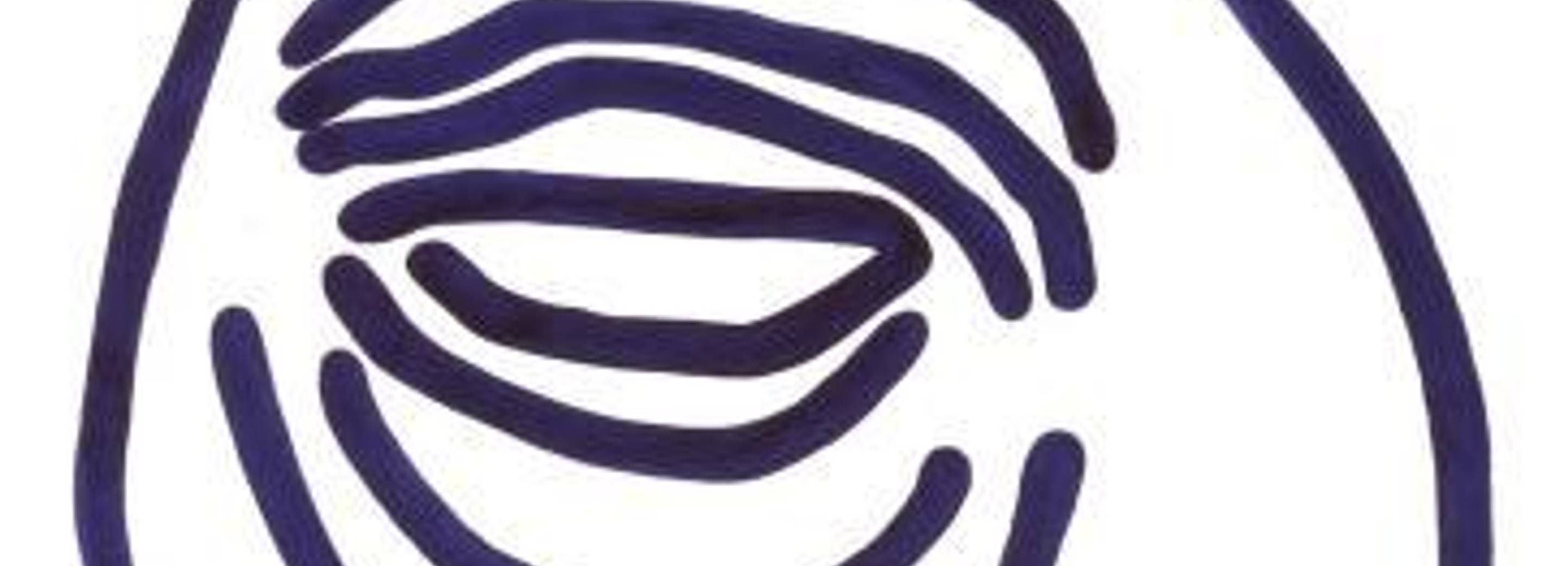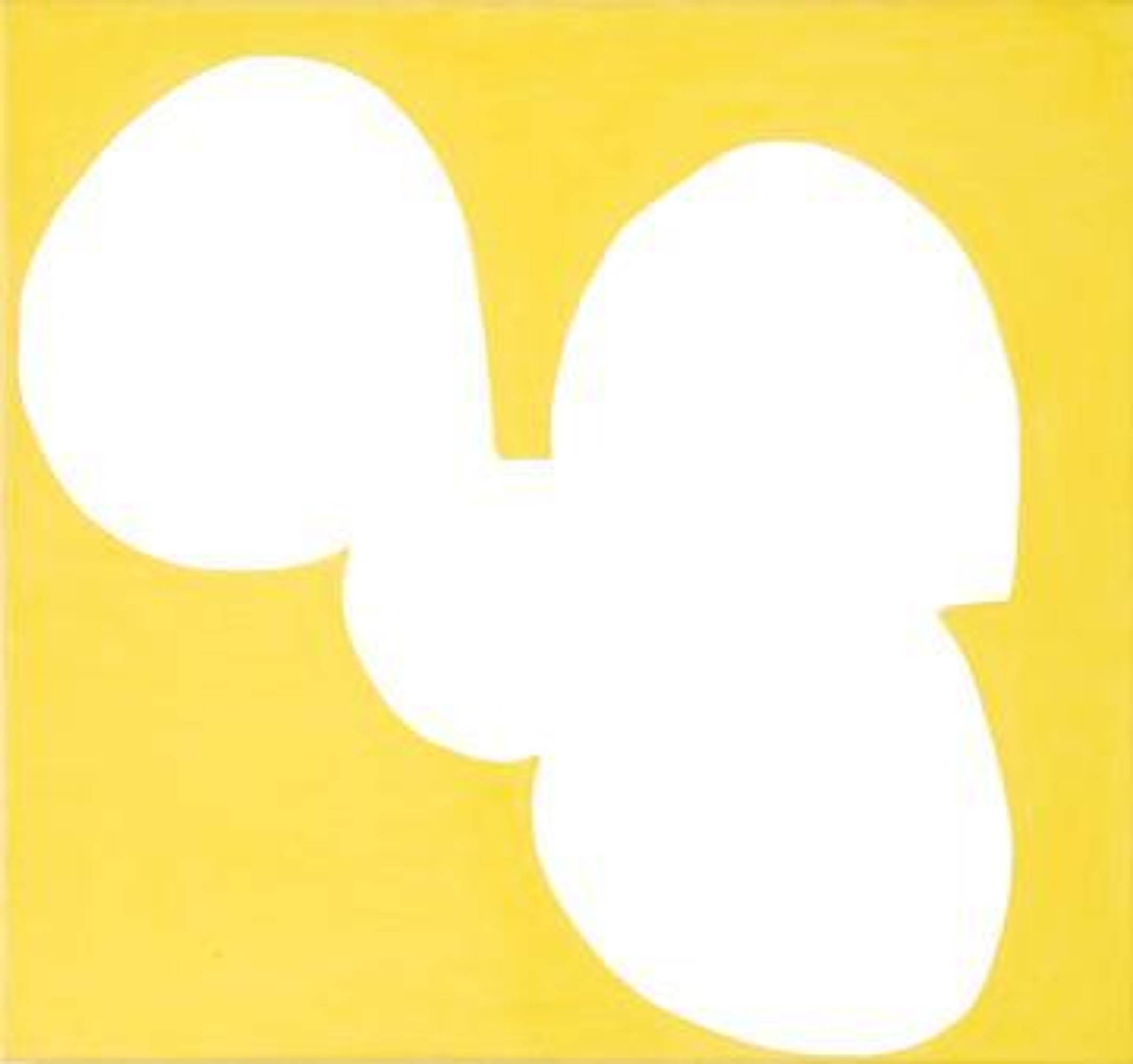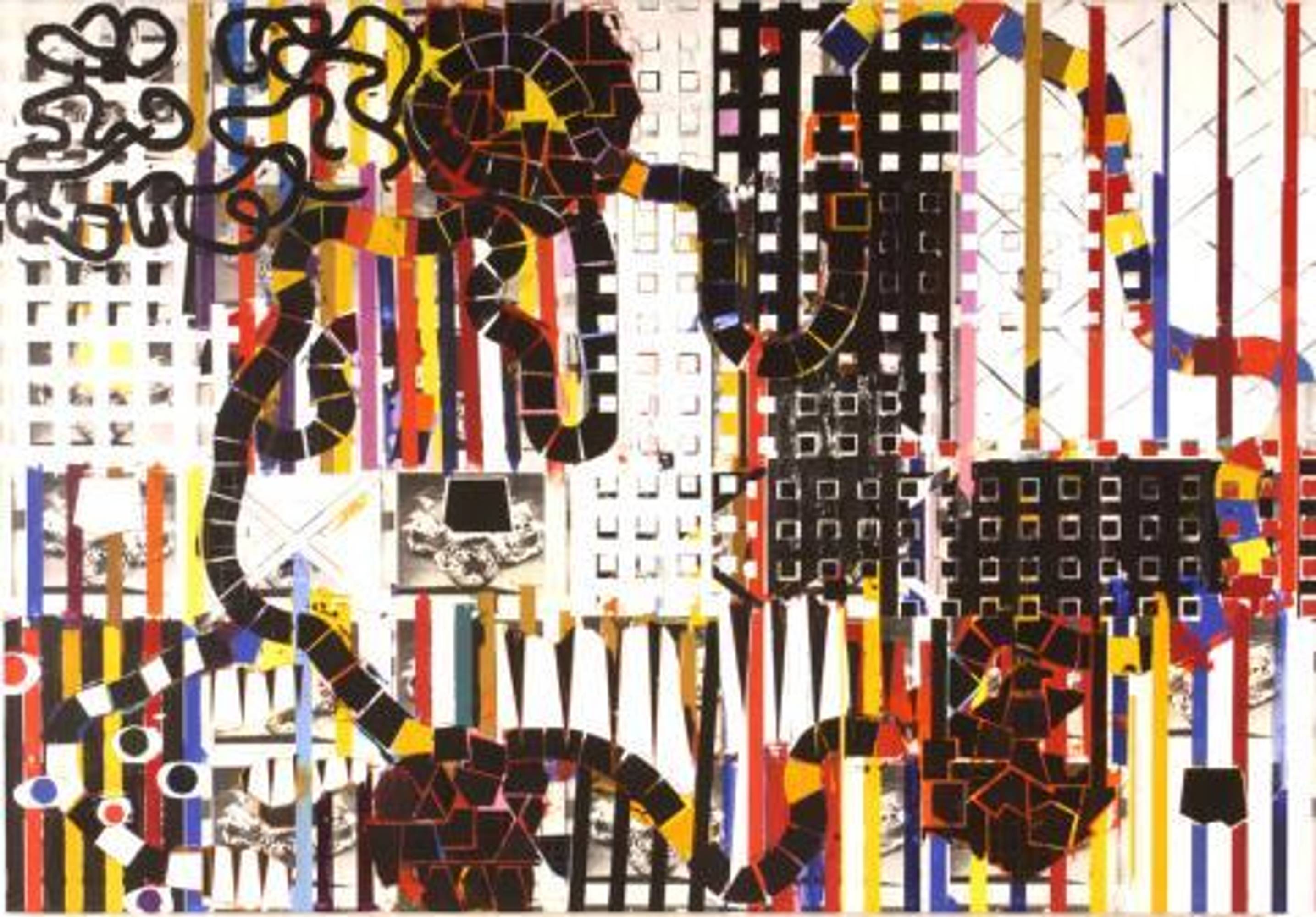CONCETTI DI PITTURA
Lecia Dole-Recio, Will Fowler, Doris Piwonka
Curated by Martin Prinzhorn
One of the striking characteristics of the discourse on painting which started after modernity and led up right to the present is that painting is considered an alternative to the now not so new “new media” and artistic practices. In the end, such an approach is always closely tied to a reactionary attitude, since it implies a retreat to a setting where painting is a fixed and unquestioned position and where it can thus signify an apparent essence of art. Today especially, the medium of painting is often celebrated in a totally uncritical way and set in traditions which- in the worst case- are highly problematic politically or- in the best case- remain entirely meaningless for the present. As opposed to this, an alternative tradition exists, which has dealt explicitly with the crisis of painting in modernity in the 1960’s and 1970’s and has employed that crisis to question tableau painting vis-a-vis alternative artistic agendas like conceptual art, minimal art, or installation in a way which actually led to new results and allowed for the formulation of new problems. Frank Stella’s preoccupation with the alleged immateriality of the painting is one of many examples, as is Christopher Wool’s subsequent investigation of text and image or Albert Oehlen’s questioning with respect to the problem of figuration after the monochrome painting. In these discourses the painting as an autonomous object often dissolves and becomes part of the space and therefore installation. It is the very thin line between the autonomous object on the one hand and spatial dissolution on the other which creates the tension in this kind of painting.
The artists exhibited here can be seen in this tradition, yet they also have to be regarded as representing a new, young generation, which continues and elaborates this investigation.
Lecia Dole-Recio and Will Fowler did their graduate studies at Art Center College of Design in Pasadena, where art is taught in that specific Californian mixture of conceptual art, sculpture and installation, which makes an aloof study of painting quite impossible.
Fowler’s work draws heavily on sculptural and installational factors. In his earlier work he often built sculptures out of the painting, thereby dissolving the borders between painting and the surrounding space. These effects are achieved in a different way in his recent works, namely by means of stackings or stratifications within the painting which create friction and through formal elements which reach beyond the margin of the painting. In spite of the massiveness of the canvases, we never perceive autonomous objects with a surface, but rather detect paths which lead into the paintings as well as out of them. In Lecia Dole-Recio’s case there are contradictions of a different nature. The lightness of the material- paper and adhesive tape- could indicate the dissolution of the pictorial object, were it not for the depth and complexity that emerge from a complex system of the arrangement of materials and color. In these works, opacity and transparency are not in opposition, but rather oscillate in front of our eyes. This work is not collage, as might be inferred by the material, rather, the parts converge and form a whole, the theme here being composition and its limits. The third artist in the exhibition, the Austrian painter Doris Pivonka studied in Vienna at the Academy of Fine Arts, yet she was never seduced by the strongly expressive and material-oriented style of painting practiced there. Her work is usually focused on constructing or detecting fissures in a very reductive setting and a superficial calm. The fissures lead beyond the painting in the same way as was described above and thus hint at something exterior to the painting. Even though the paintings shown in the exhibition might suggest that this reductive practice has been abandoned, a closer look reveals that the various colorful figures condense into a spatial overlapping which in a comparable, yet completely different, manner imply something beyond the painting just like in the case of the other two positions.
The idea of this exhibition is not to make use of painting as a means for making new claims in art but rather to document the contingency of a development which puts this medium into the framework of other media and developments whilst still elaborating it autonomously.


